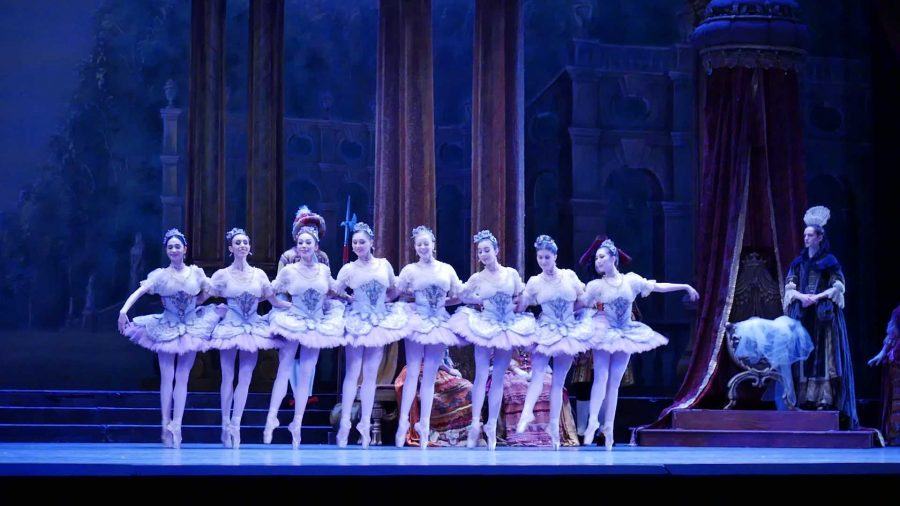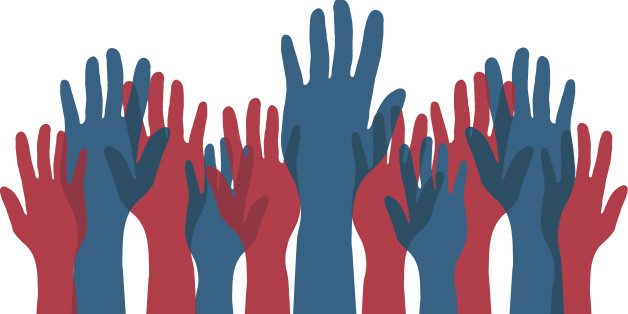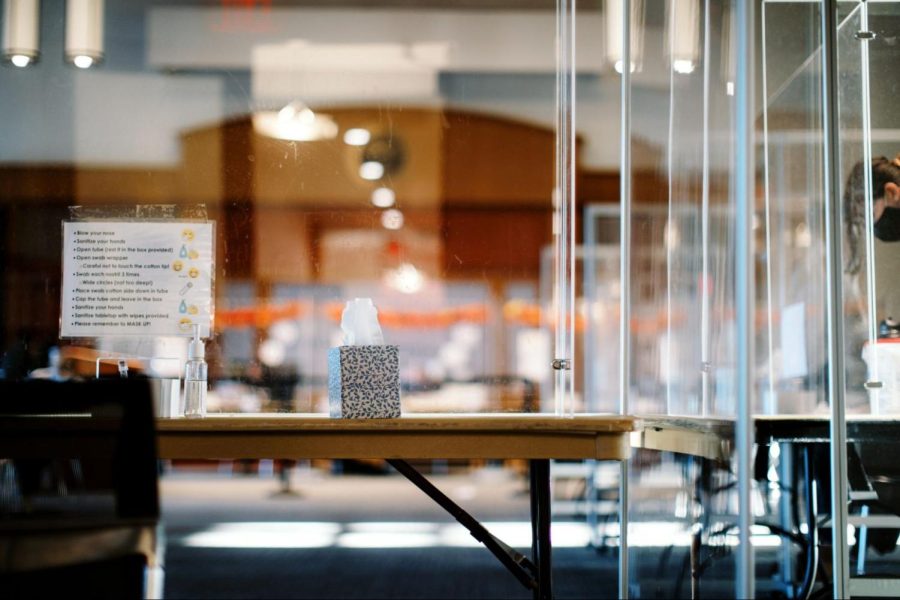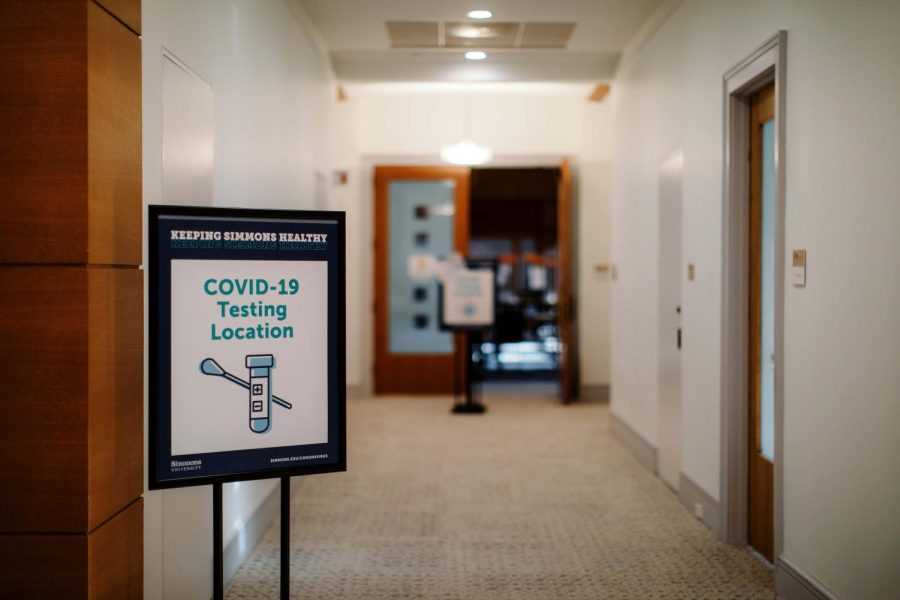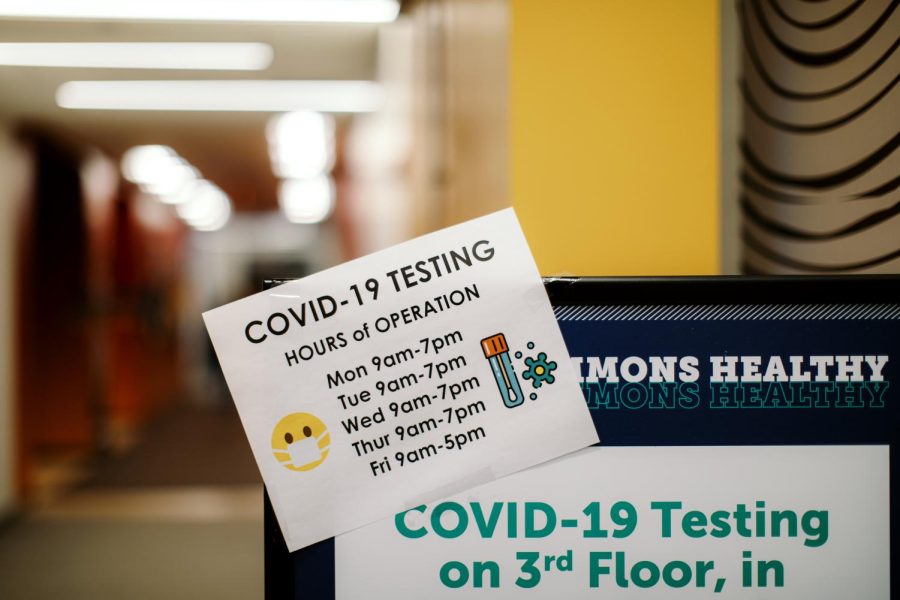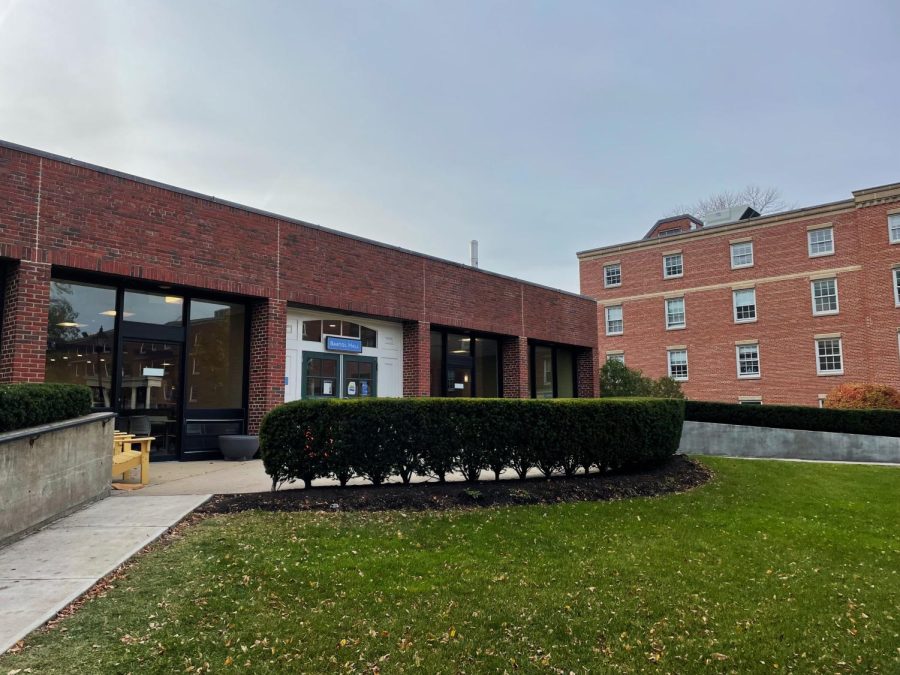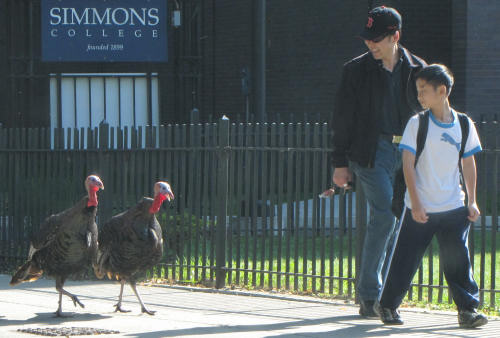By Angelica Coleman
Staff Writer
In the world of Neuroscience this week, researchers have made a breakthrough regarding spinal cord injuries. This week, researchers at Ecole Polytechnique Federale Lausanne (EPFL), as well as other contributing institutions, unveiled a new study that allows for partial circumnavigation of spinal cord injuries. The experiments were conducted using Rhesus monkeys.

The technique employed a wireless interface connecting the brain and the spine that would physically bypass an injury in the spinal cord. This allowed a Rhesus monkey with a temporarily paralyzed hind leg to walk with normal movement on a treadmill [Nature]. This is a huge step forward in the field of neural prosthetics, as the researchers claim this is the first usage of neural prosthetics to contribute to successful walking movement in a primate.
The system works by recording signals from the brain and relaying them to the correct nerves in the spine to simulate proper walking motion in the monkey. David Borton, an assistant professor at Brown and one of the contributing writers of the study reports, “There is evidence to suggest that a brain-controlled spinal stimulation system may enhance rehabilitation after a spinal cord injury. This is a step toward further testing that possibility,” [Brown University News].
Moving forward, the goal is to eventually apply this technology to human patients, but there are many steps before that process can be completed. One big limitation is that the sensors in the nerves are still incapable of relaying information back to the brain. This means it is impossible for the brain to collect any data on the leg movement. It also means that the results were unclear about how much pressure was actually applied to the leg with usage of the interface.
“In a full translational study, we would want to do more quantification about how balanced the animal is during walking and measure the forces they’re able to apply,” clarifies Borton [Brown University News]. However, the research still paints a promising picture for future usage of neural prosthetics in human rehabilitation.










